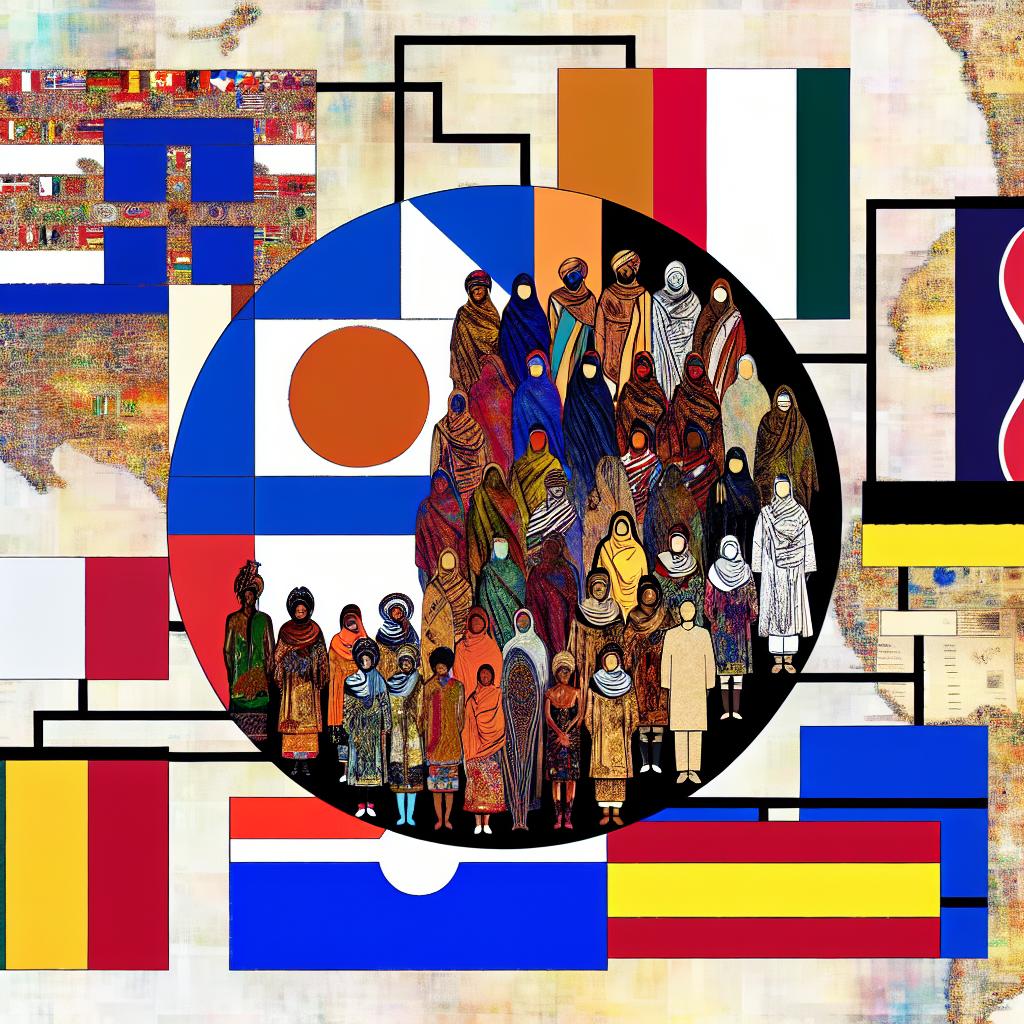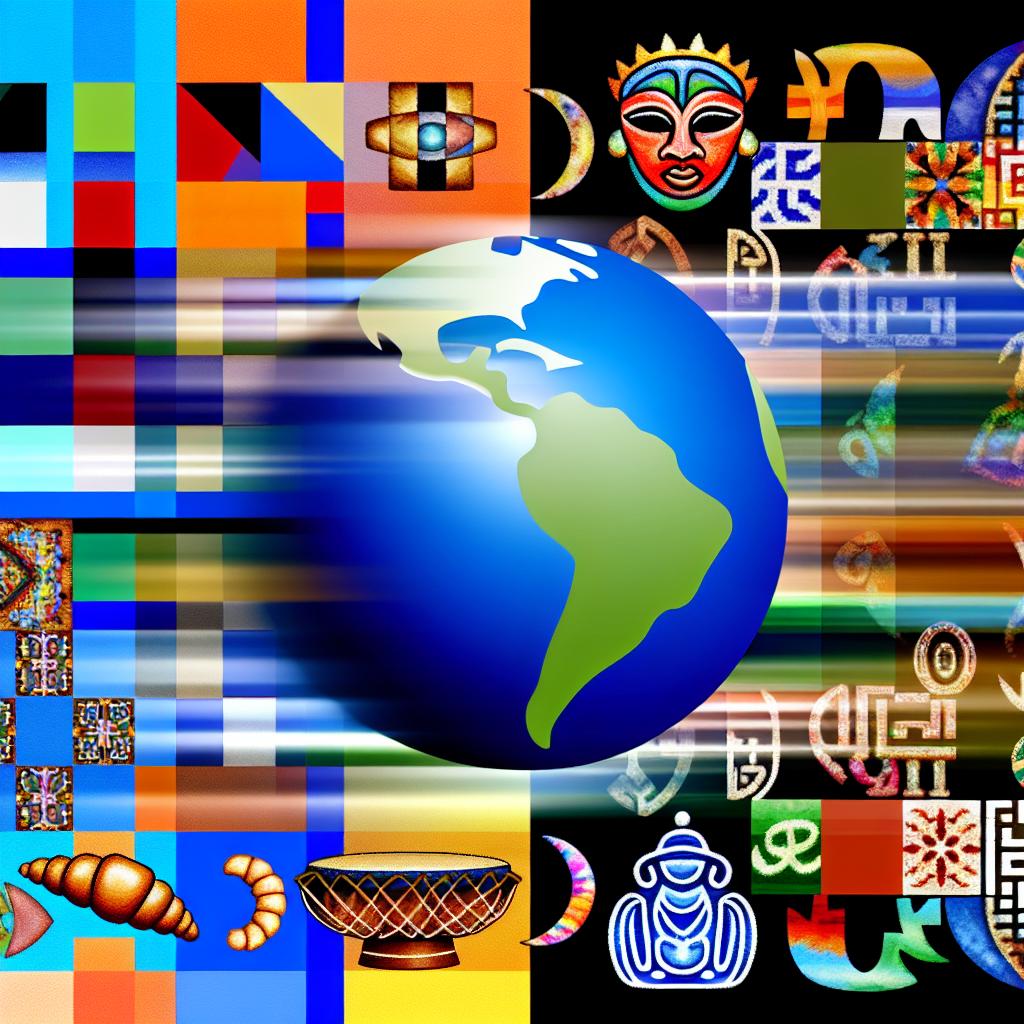Understanding Nationalism
Nationalism is a multifaceted political ideology that revolves around the notion of a shared identity and common national values among individuals within a group. It is a concept intertwined with a nation’s history, language, culture, and symbols. Through nationalism, a profound connection emerges among individuals who identify with the same nation, often leading to a collective sense of pride and unity. This ideology can act as a cohesive force within a country, encouraging solidarity among its populace.
The Role of National Symbols
The importance of national symbols in expressing nationalism cannot be understated. They act as potent representations of a nation’s identity and are crucial in fostering a sense of belonging among citizens. National symbols manifest in various forms like flags, anthems, emblems, and monuments. The national flag, in particular, is esteemed as a powerful emblem of unity and pride. Its displays during national holidays, events, or rallies are not merely acts of decoration; they are assertions of a shared identity and respect for the nation.
Emblems and monuments also hold significant value; they often commemorate important moments or figures in a nation’s history. These symbols offer tangible links to a collective past, reinforcing a sense of shared narrative. Anthems serve a similar purpose, with their lyrics often evoking the struggles, triumphs, and aspirations of a nation, thus unifying individuals through a shared auditory experience.
Examples of Cultural Symbolism
Cultural symbols are equally significant in the tapestry of nationalism. They immerse individuals in a nation’s cultural heritage, preserving its unique attributes. Traditional clothing, culinary practices, and folk tales are just a few examples of cultural symbols that hold powerful meaning. In societies with rich cultural tapestries, these symbols highlight the nation’s diversity while simultaneously enhancing cohesion.
Traditional garments often tell stories of regional histories and cultural evolution, serving as a visible manifestation of a nation’s identity. Similarly, culinary practices do more than satisfy hunger; they embody cultural dialogues that link generations, transmitting age-old recipes and rituals. Folklore not only entertains but also educates, weaving tales that inculcate shared values and ethics.
In multicultural societies, cultural symbolism bridges ethnic and linguistic divides. By celebrating these symbols, diverse groups find common ground, which promotes an inclusive national identity.
The Influence of History on Nationalism
History is a cornerstone on which nationalist sentiments are built. It provides a curated narrative that often fuels national pride and belonging. A nation’s history is frequently woven into educational materials, literature, and media, shaping the collective understanding of its past. By remembering and, at times, mythologizing historical milestones, a nation can fortify its collective identity.
Significant historical events, such as wars, revolutions, or independence movements, serve as focal points around which national identity coalesces. These moments are not simply dates on a calendar; they are powerful symbols of resilience and continuity. Commemorations, such as public holidays and memorials, bring these historical events to life, ensuring they remain an integral part of a nation’s ongoing narrative.
Furthermore, history becomes a reference point for political discourse and social movements, influencing how a population perceives its role in the global arena. Through this shared historical understanding, nationalism cultivates a narrative that resonates with citizens and enriches their connection to their homeland.
Contemporary Nationalism
In today’s world, nationalism manifests in diverse political landscapes, often reflecting a nation’s unique socio-political context. In some instances, nationalism inspires policies that promote social progress and economic advancement. By emphasizing national development and cooperation, it encourages initiatives that benefit the collective good of a country’s citizens.
Conversely, nationalism can sometimes evolve into protectionism, marked by policies that prioritize national interests at the expense of international cooperation. This framework can serve as a double-edged sword: while it safeguards a nation’s economic and cultural interests, it might also lead to exclusionary practices that hinder global collaboration. Such manifestations of nationalism necessitate a careful balancing act, recognizing the potential advantages and drawbacks.
Navigating the Impact of Nationalism
Nationalism’s impact is far-reaching, influencing political, social, and cultural spheres. Politically, it can unify or polarize, depending on its application and societal context. Socially, it can inspire collective action for national causes or foster divisions based on perceived differences. Culturally, it enriches the nation’s tapestry by promoting cultural awareness and preserving heritage.
As individuals connected by a shared national identity, citizens experience nationalism in various ways. For some, it fosters a deep-seated pride in their roots and cultural lineage. For others, it may serve as a rallying cry for addressing grievances pertinent to a nation’s socio-political landscape.
In comprehending nationalism’s complexities, one must remain cognizant of its dual capacity to unify and divide. Striking a balance involves acknowledging the rich narrative it offers while being wary of its potential for exclusion and division.
In conclusion, nationalism and cultural symbolism are intricately entwined, forming a resilient bond among citizens anchored in a shared identity and cultural legacy. Through various symbols, traditions, and historical narratives, nations express their ideologies, shaping political, social, and cultural dynamics globally. By understanding these interactions, societies can harness nationalism’s constructive potential while mitigating its divisive tendencies.



